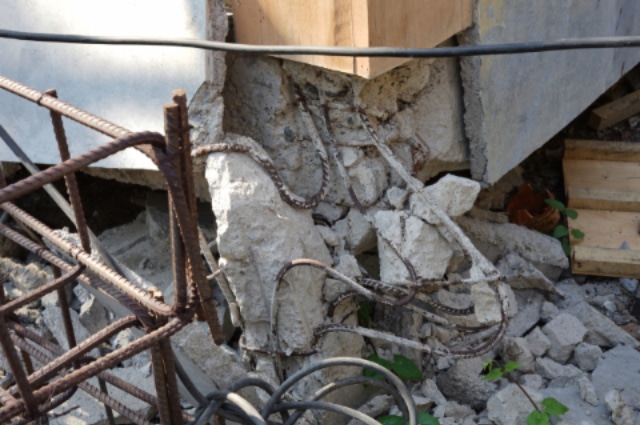Steel is widely utilised as a building material because of its low cost, abundance, and high strength-to-weight ratio in both tension and compression. During the 18th-century Industrial Revolution, modern steel was first developed and mass-produced. Steel's malleability and adaptability make it a go-to material for complex building projects that would be tough, if not impossible, to complete using more traditional building materials like concrete.
Integrity is not just a matter of having a well-designed structure; it must also be preserved over the whole lifespan of a building. This calls for examination and maintenance at regular intervals during its lifespan. Engineers are responsible for ensuring that structures are secure, dependable, and continue to carry out the function for which they were created during their entire lifespan.
Common types of Steel Structure Failures
Like any type of structure, steel buildings are not immune to failures. Failure of steel structures can be particularly dangerous and costly due to the heavy loads and high stresses involved. We will explore some of the most common types of steel building failures, including design flaws, material defects, and construction errors. Understanding these failures can help architects, structural engineers, and builders create safer and more durable steel structures.
Shear Failure
Shear failure is primarily an internal splitting force that occurs within a structural member as a result of two forces acting in opposite directions and at a distance from one another along the cross section of the member. Shear cracks are characterised by their diagonal nature and can be seen, for instance, in the web of a steel beam.
Flexural Failure
Flexural failure occurs when a flexural member fails under flexural loads. Due to the strength of steel, thin steel members are less likely to buckle. Bulkier members rarely buckle. Flexural loadings cause tension and compression in steel members. Compression stresses can cause lateral-torsional buckling if they move or buckle an unconstrained steel part.
Compression Failure
Compression failures happen from member axial compression. When steel buckles under compression. Columns and braces fail in this way. In column design, the slenderness ratio is crucial. Cross-sectional geometry to length is the slenderness ratio. This parameter affects buckling. Higher slenderness ratios increase buckling susceptibility and vice versa. If compressive stress is too strong, they will fail.
Tensile Failure
Tensile failures are the consequence of tension in a member. This usually happens in braces or hangers. Tensile failure happens when a member's tension exceeds its strength. Failure happens in stages, from yielding to necking to material failure at the smallest cross-section.
Causes of Structural Failure
Structural steel failure can have various causes, such as design flaws, material defects, construction errors, and external factors like natural disasters or accidents. Design flaws can occur due to improper calculations or inadequate attention to environmental loads. Material defects can happen during manufacturing or handling, causing weakness or instability. Construction errors can result from poor workmanship or deviations from design specifications. Natural disasters like earthquakes, hurricanes, or floods can also cause structural failure. Understanding the causes of structural failure is crucial in designing and building safe and reliable structures that can withstand different loads and environments.
- Weak structures. The load that is being placed on the structure is too great for it to be able to endure with its current level of strength. In most cases, this is the result of incorrect geometric design or the use of material.
- Deterioration of the structure. Due to corrosion, wear, rot, fatigue, or creep, the structure deteriorates. Cracks that arise in high-stress areas are often the initial indicators of fatigue failure in steel structures. hen these fissures are subjected to cyclic loading, they widen and suddenly fail. This is frequently the result of improper geometric design, material selection, or upkeep.
- Manufacturing flaws. This involves utilising the incorrect materials or failing to adhere to manufacturing norms or processes. It may also be the result of subpar construction, out-of-tolerance components, etc.
- Defective material. As a consequence of the materials' failure to meet the specifications, the load-bearing capacity of the structure is significantly lower than anticipated.
- Environmental considerations. It is possible for engineers to ignore the importance of mitigating factors for specific environmental situations, such as the occurrence of natural disasters.
- Operational conditions. The building is not being utilised for what it was designed to do.

In conclusion, steel structure failure can have serious consequences, including injury, loss of property, and even loss of life. Therefore, it is essential to understand how steel structure failure can occur and take the necessary steps to prevent it. If you are involved in the design, construction, or maintenance of steel structures, it is vital to ensure that all safety standards and regulations are met. By working with experienced and knowledgeable professionals, you can minimise the risk of failure and ensure the safety and durability of your steel structures. From the early stages of design to the final stages of installation and construction, Bromsgrove Steel experts can help you.
Read more ...